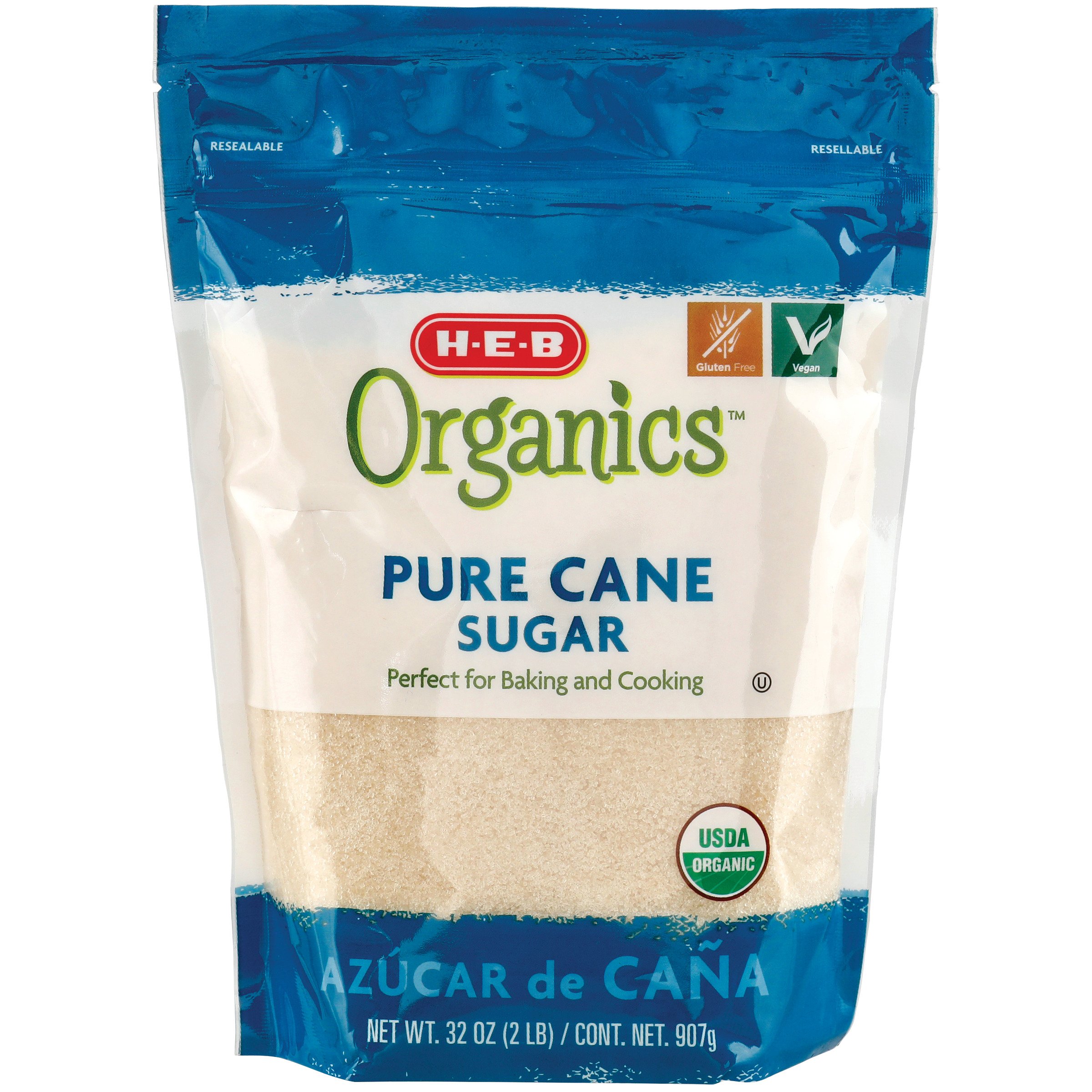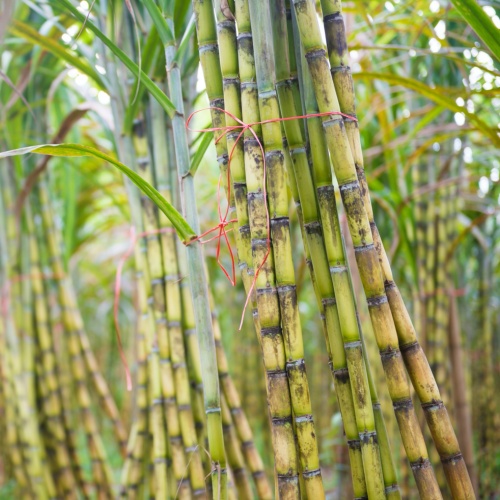Cane Sugar Processing: Typical Techniques and Modern Innovations
Cane Sugar Processing: Typical Techniques and Modern Innovations
Blog Article
Discovering the Comprehensive Steps Associated With Walking Stick Sugar Handling From Harvesting to Improvement
The procedure of walking cane sugar manufacturing incorporates a collection of intricate actions, starting with the careful harvesting of sugarcane and finishing in the refinement phases that make sure the final item meets market standards. Each stage, from the extraction of juice to the filtration and crystallization procedures, plays an important role in establishing the quality and personality of the sugar.
Harvesting Sugarcane
Gathering sugarcane is an essential action in the cane sugar handling chain, as it straight influences the quality and yield of the last item. Proper timing and methods are essential during this phase to ensure optimum sugar material and minimize losses. Commonly, sugarcane is collected when it reaches maturation, typically 12 to 18 months after growing, identified by a high sucrose concentration.

Post-harvest, the sugarcane must be refined quickly to avoid sucrose degradation. Ideally, collected walking stick ought to be transported to refining facilities within 24 hours to protect sugar quality. Therefore, efficient logistical preparation is important to keep the stability of the collected crop throughout the supply chain.
Extraction Refine

The smashed cane goes through a collection of pressing operations to make the most of juice recuperation. Generally, warm water is splashed onto the crushed cane, producing a countercurrent circulation that helps dissolve the sugar while likewise assisting in the extraction process. The juice collected from this procedure includes not only sugar yet likewise numerous organic compounds and contaminations.

To enhance extraction efficiency, some facilities may employ diffusion methods, where the sugarcane is taken in warm water, enabling the soluble sugars to diffuse into the liquid. The resulting juice, rich in sucrose, is after that directed to subsequent handling phases, laying the foundation for purification and improvement. The extraction procedure is thus crucial in figuring out the top quality and return of the last sugar item.
Purification Strategies
The filtration techniques employed in cane sugar processing are essential for transforming the raw juice into a top quality sugar item. These methods largely intend to get rid of pollutants, such as dirt, plant products, and inorganic substances, which can adversely influence the final item's flavor and shade.
This procedure involves including lime and warmth to the raw juice, which helps with the coagulation of impurities. In addition, the usage of phosphoric acid can boost the information process by additional binding impurities.
An additional considerable method is carbonatation, where co2 is introduced to the clarified juice. This response generates calcium carbonate, which captures continuing to be impurities and advertises their elimination.
Furthermore, turned on carbon treatment may be related to adsorb any type of staying colorants and natural contaminations, guaranteeing a much more polished product. The mix of these approaches properly prepares the sugar juice for subsequent steps in the refining process, setting the stage for the manufacturing of high-grade cane sugar.
Formation Techniques
After the purification stage, the next critical action in walking stick sugar processing involves condensation approaches, which play a critical role in transforming the made clear juice right into strong sugar. This procedure commonly utilizes two key methods: spontaneous why not try these out condensation and controlled crystallization.
In spontaneous crystallization, supersaturated sugar options are allowed to cool down normally, leading to the development of sugar crystals over time. This technique allows for the consistent development of sugar crystals and greater purity.
Throughout formation, the clarified juice is concentrated through dissipation, increasing its sugar material till it gets to supersaturation. As soon as this factor is attained, either technique can help with the condensation process. Cane Sugar Processing. The resultant sugar crystals are after that separated from the remaining syrup through centrifugation
Inevitably, the selection of crystallization method affects the high quality, dimension, and purity of the final sugar item, making this step important in the general walking cane sugar handling procedure.
Improvement and Packaging
Just how can the purity and high quality of walking stick sugar be even more improved after crystallization? The refinement process plays a critical duty in attaining high-grade walking cane sugar.
Following, the sugar goes through a websites process called centrifugation, where it is spun at high speeds to separate the detoxified sugar crystals from the staying liquid. After centrifugation, the sugar is frequently further refined with a method called carbonization or phosphatation, which utilizes triggered carbon or phosphoric acid to get rid of shade and off-flavors.
When refined, the sugar is dried out to achieve the desired moisture content, guaranteeing that it continues to be stable during storage and transport. The last step entails product packaging the refined sugar in closed and moisture-proof containers to maintain its quality and stop contamination. Cane Sugar Processing. Appropriate product packaging not just prolongs service life yet additionally assists in very easy handling and distribution, guaranteeing that consumers get sugar that meets the highest possible criteria of pureness and high quality
Conclusion
The comprehensive actions included in walking cane sugar processing, from the thorough harvesting of sugarcane to the intricate improvement and product packaging stages, emphasize the importance of each stage in making certain premium sugar production. Ideal harvesting techniques, reliable extraction methods, and rigorous filtration processes collectively add to the end product's purity and security. The condensation and subsequent packaging practices even more improve the stability and shelf life of the sugar, highlighting wikipedia reference the complexity and precision inherent in this essential farming sector.
The procedure of walking stick sugar production includes a series of intricate actions, beginning with the cautious harvesting of sugarcane and finishing in the improvement phases that make sure the final item satisfies sector criteria. Preferably, gathered walking cane must be transferred to processing facilities within 24 hours to protect sugar quality.In spontaneous crystallization, supersaturated sugar services are enabled to cool normally, leading to the formation of sugar crystals over time - Cane Sugar Processing. The improvement process plays an essential role in attaining high-grade cane sugar.The extensive steps entailed in walking stick sugar processing, from the careful harvesting of sugarcane to the complex improvement and packaging phases, emphasize the value of each phase in making sure high-grade sugar production
Report this page